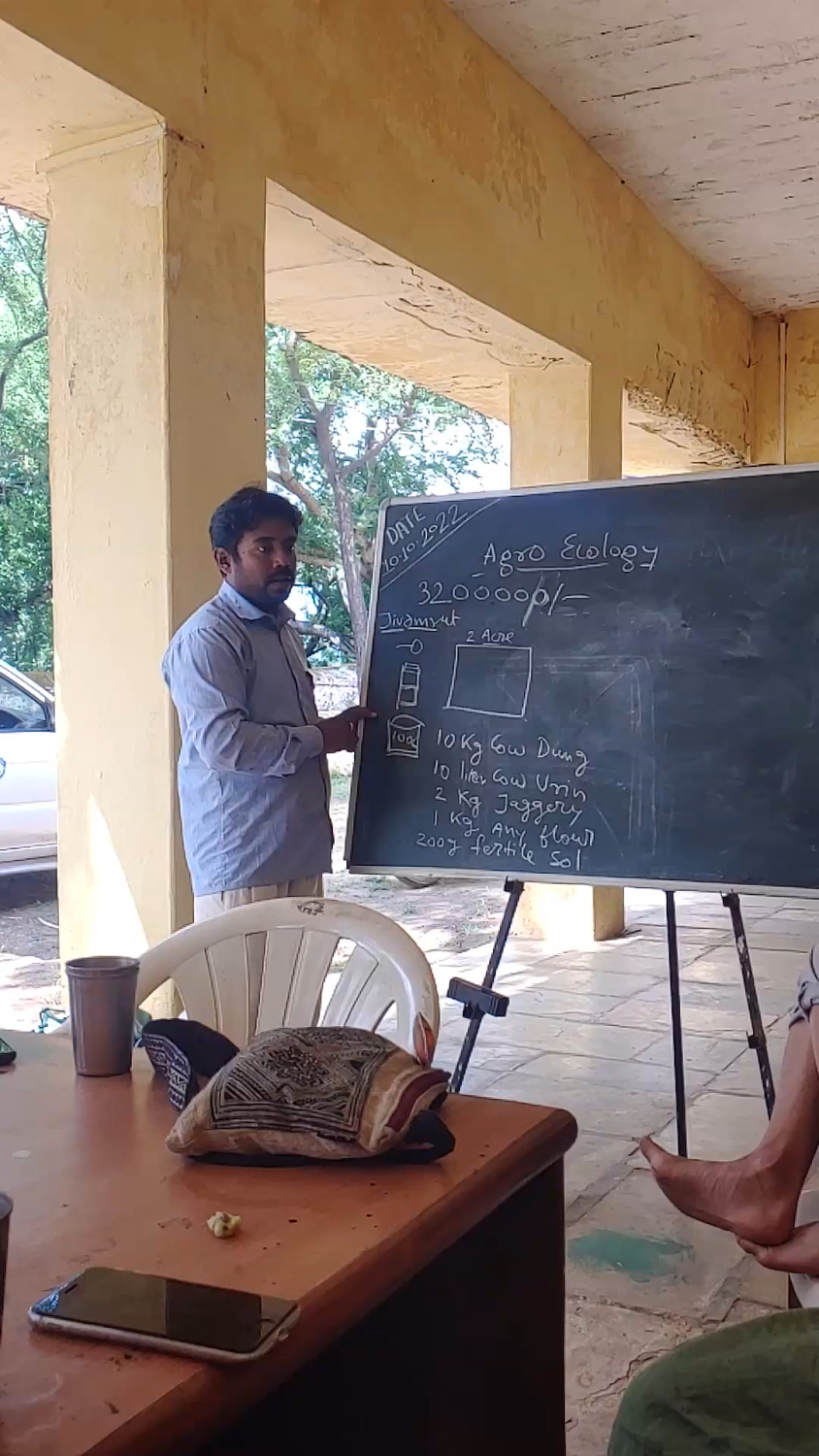
Over 200,000 Indian farmers have taken their own lives due to overwhelming debt from purchasing fertilizers and pesticides. The Green Revolution, once celebrated as the answer to food scarcity, has instead trapped many families in financial distress.
Chemical fertilizers are highly water-demanding—they alter soil composition, reducing its ability to retain moisture. As farmers continue to pump groundwater, the land fails to absorb and store it, worsening prolonged droughts. This crisis has persisted for over 30 years, affecting 90% of India's agricultural land.
This reality highlights why sustainable farming is becoming the only viable path forward.
These insights were shared before an agricultural engineer introduced us to biological fertilizers and natural soil restoration techniques. The statistics, paired with personal stories, made the lessons feel deeply relevant, bridging the gap between observers like us and the farmers struggling to adapt.
Interestingly, Vietnam is also facing growing water scarcity challenges. Farmers in the Central Highlands are experiencing prolonged dry spells, affecting coffee cultivation, while southern Vietnam suffers from freshwater shortages, impacting daily life.
While India’s terrain differs from Vietnam’s, their struggle with soil degradation, water retention, and farming sustainability offers universal lessons.

I traveled to India’s dry mountainous region near the Himalayas, passing through Udaipur toward the semi-arid lands bordering Pakistan—the very heart of India’s Green Revolution movement.
Here, farmers planted corn on rocky slopes hoping for quick financial returns. However, due to thin topsoil layers and extreme dryness, even heavy fertilizer applications failed to improve productivity.
As agricultural expansion continued, large forested areas were cleared. Without tree cover, the exposed soil became vulnerable to erosion, worsening drought conditions and declining fertility.
Initially, I questioned the claims that over 200,000 farmers had committed suicide due to debt—it seemed implausible. But witnessing the harsh realities of farming in India, paired with the desperation in rural communities, made it clear that these tragedies were not unfounded.
So, what comes next?
Before exploring solutions, I encourage readers to learn about M. S. Swaminathan, the scientist behind India’s Green Revolution. Once a strong advocate for chemical-intensive farming, he later warned of its long-term consequences and shifted focus toward sustainable agricultural models.
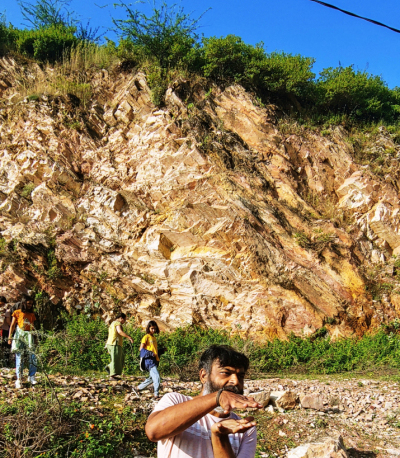
One of the most impactful techniques I learned during my journey was regenerative soil management—prioritizing soil restoration over dependence on artificial fertilizers.
Indian farmers use natural fertilizers derived entirely from cow manure and microbial-rich local soil, removing the need for commercial chemical inputs.
In Hindu culture, cows hold immense symbolic value—seen as givers of life, providing both nutritional sustenance and essential resources for farming.
India’s Biofertilizer Recipe for 2 Acres (8,000m²)
🌿 100 liters of water
🌿 10 kg cow manure
🌿 10 liters cow urine
🌿 2 kg palm sugar
🌿 1 kg wheat flour
🌿 200 g fertile topsoil
Process:
🛢 Store under breathable burlap fabric
🌳 Keep in shade for 8 days, stirring twice daily
💦 Mix with irrigation water before soil application
📌 100 liters of this mixture treats 4,000m², applied every 20 days
Key Benefits:
✅ Enhances beneficial microbial activity
✅ Speeds up organic matter decomposition
✅ Improves water retention in soil
✅ Reduces chemical dependency
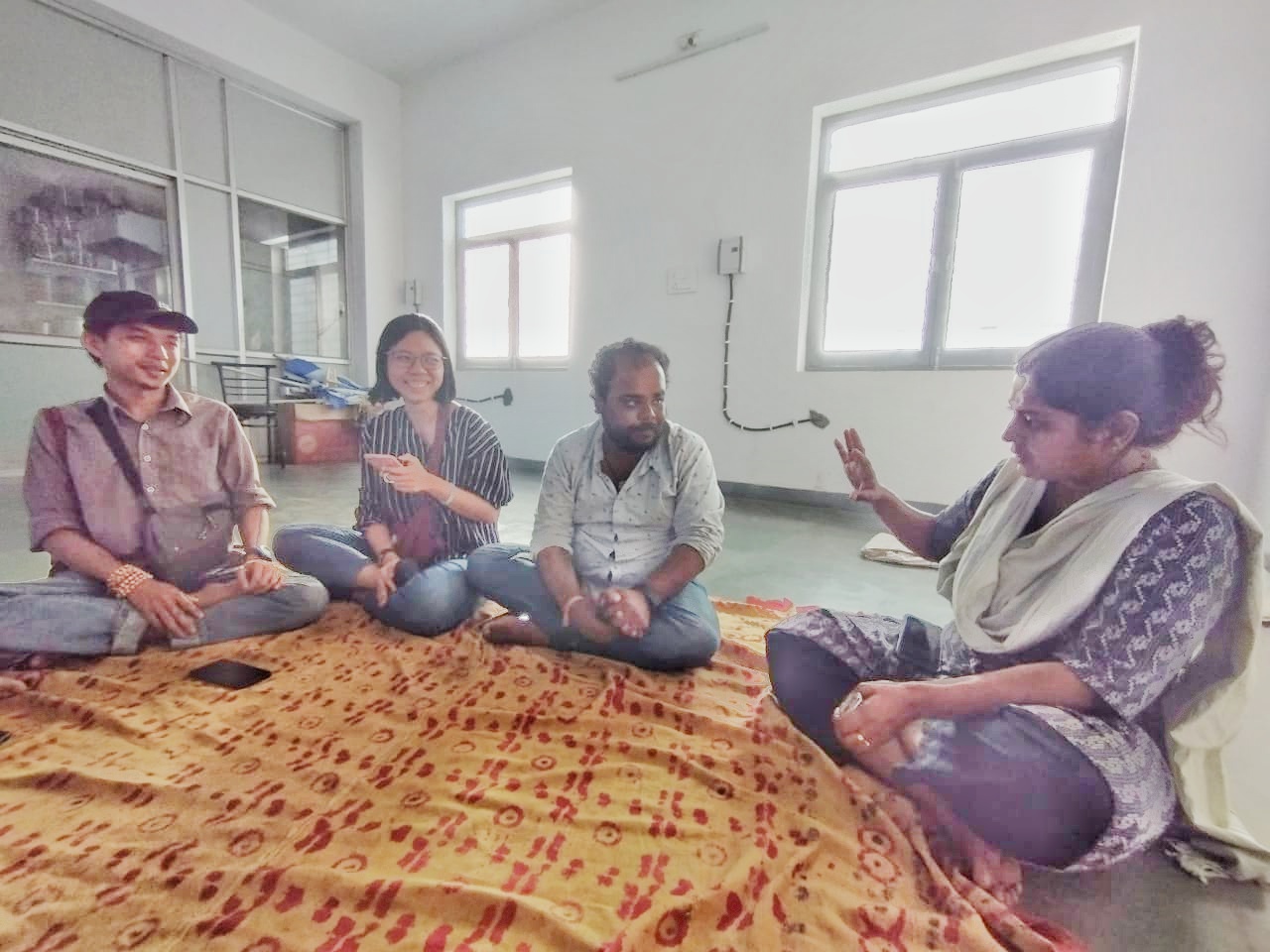
During my journey, I encountered ethical entrepreneurs working to build fair agricultural trade, sourcing products directly from forest gardens and sustainable farms.
Their business philosophy was not profit-driven alone—they actively empowered farmers while keeping food affordable for consumers.
One entrepreneur revealed a striking insight:
💬 “In India, people will walk a kilometer just to save 1 rupee on food. As a sustainable business, we must optimize costs while respecting farmers’ struggles.”
This dual focus—balancing consumer affordability and farmer profitability—requires deep market understanding.
One store owner even showed me text messages from farmers facing pest outbreaks, demonstrating how they actively consult agricultural experts, educate customers, and provide farmers with tailored solutions.
At the time, I didn’t fully grasp the importance of transparent communication between businesses and farmers—but reflecting on it, I now realize that honest, ethical collaboration is the foundation of successful sustainable commerce.
If you’re interested in learning about their business model, check out Banyan Roots, an organization dedicated to ethical food trade and farmer support.
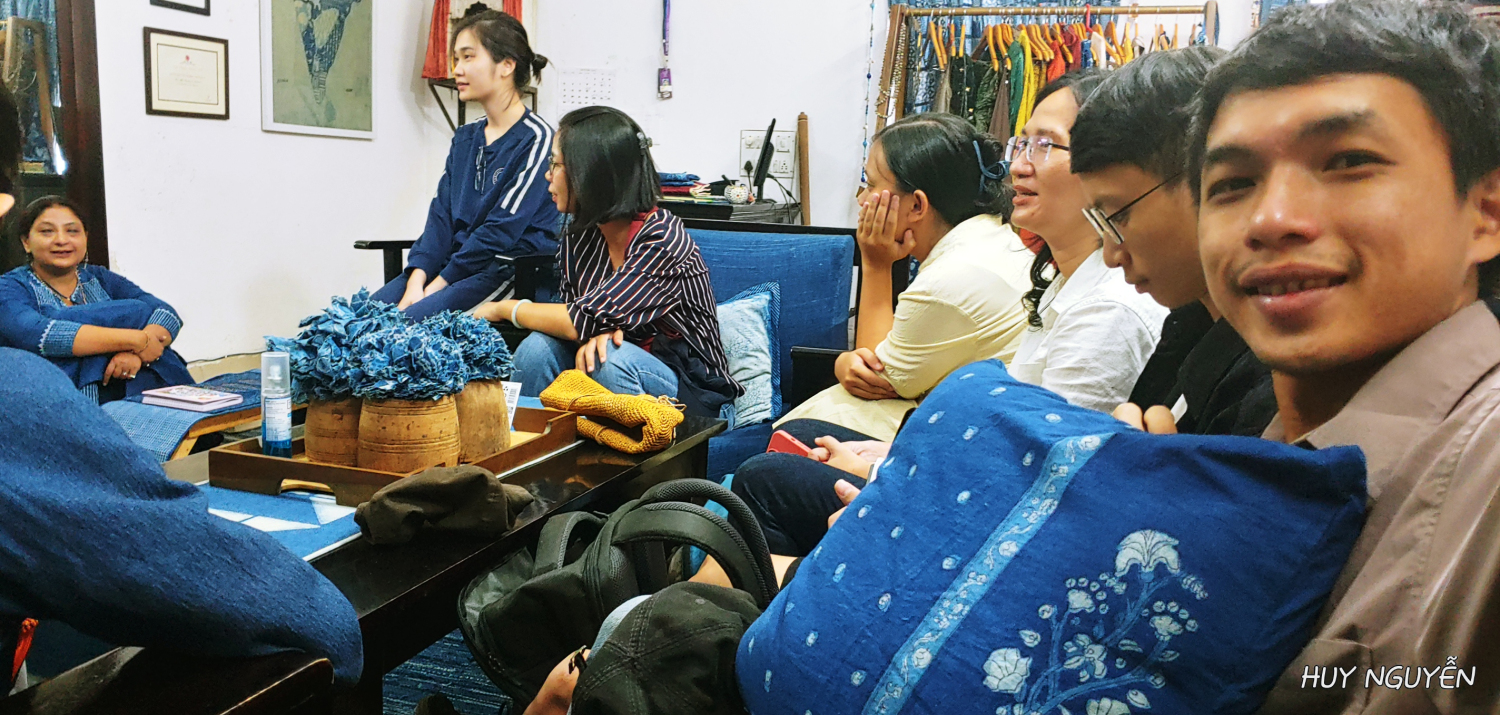
One of the most exciting aspects of my journey was visiting a textile production workshop specializing in plant-based dyes—particularly indigo dyeing, widely used in India, Thailand, and Vietnam.
These artisans were actively exploring alternatives to synthetic dyes, turning to natural plant sources for dye extraction.
To cut costs and encourage youth participation, they adopted stamp-like printing techniques, simplifying the dyeing process while maintaining high-quality designs.
This approach—balancing traditional craftsmanship with cost-effective innovation—demonstrates that sustainability can coexist with modern business strategies.
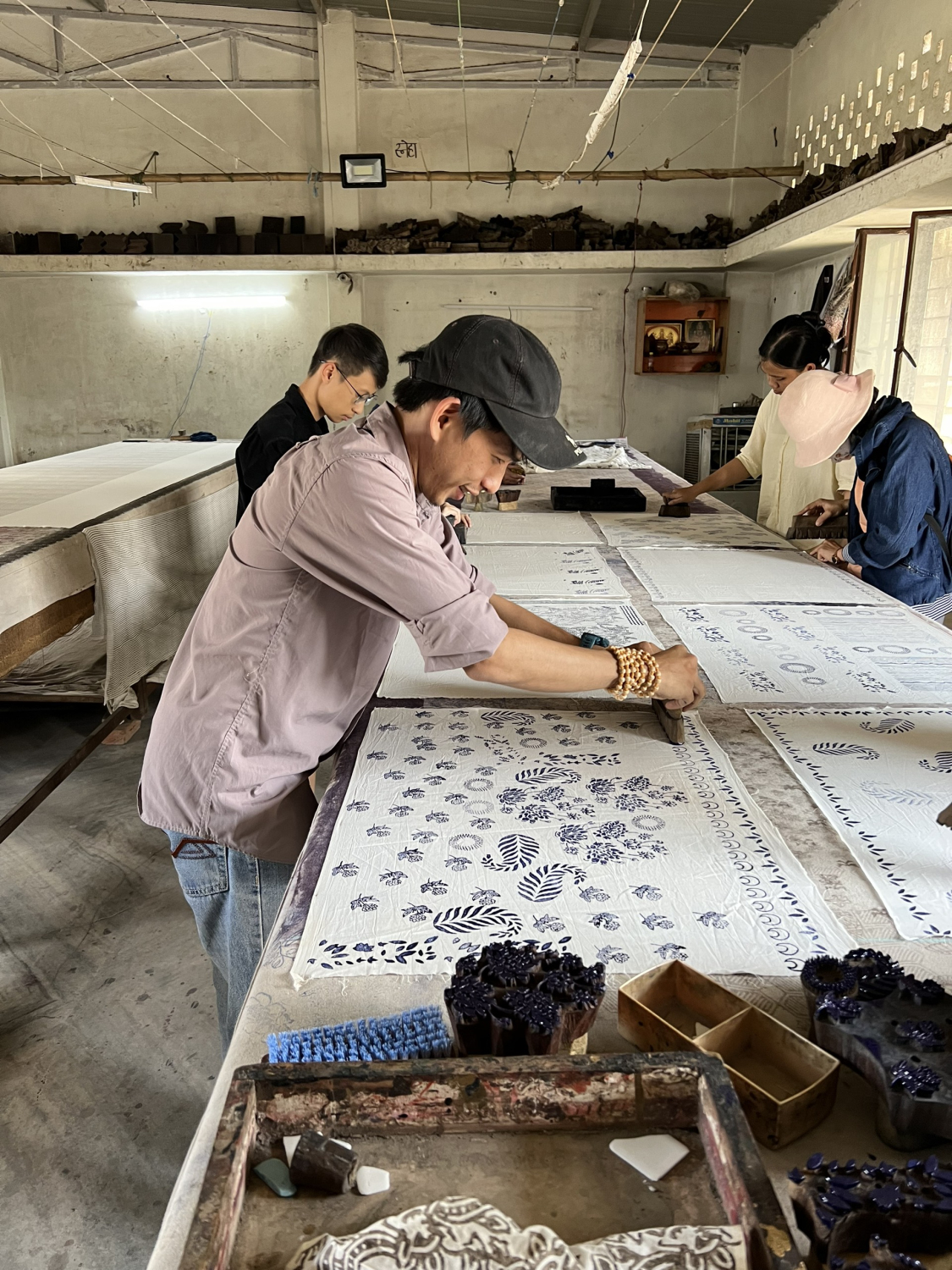
Through this journey, I learned that sustainable solutions do not rely on high-tech innovations or external funding—they arise from understanding local ecosystems, cultural traditions, and smart market adaptations.
India’s struggles with drought, soil degradation, and chemical dependency mirror agricultural challenges in Vietnam and across Southeast Asia. While their solutions may not be directly transferable, their innovative thinking and strategic approaches provide valuable insights.
Each of us, in our own way, can contribute to shaping a more sustainable agricultural future—whether through farming, research, business, or community initiatives.
Half-Day Coffee & Tea Tour at HuyEco
👉 https://huyeco.vn/en/page/eco-coffee-tour.html
→ Discover HuyEco’s immersive farm tour, featuring Arabica coffee cultivation, tea tasting, and sustainable farming practices.
Blog: Arabica Coffee in Vietnam – Sustainable Farming & High-Quality Processing
👉 https://huyeco.vn/en/blog/arabica-coffee-in-vietnam-sustainable-farming-high-quality-processing-huyeco-coffee-34.html
→ Learn how HuyEco cultivates high-quality Arabica coffee through organic methods and biodiversity-friendly agroforestry.
HuyEco Homepage
👉 https://huyeco.vn/
→ Explore HuyEco’s mission, products, and commitment to sustainable agriculture in Vietnam.
Vietnam’s National Strategy for Sustainable Agriculture and Rural Development (2021–2030)
👉 https://apps.fas.usda.gov/newgainapi/api/Report/DownloadReportByFileName?fileName=Vietnam%20Issues%20Sustainable%20Agriculture%20and%20Rural%20Development%20Strategy%202021-2030%20Vision%20to%202050_Hanoi_Vietnam_VM2022-0010.pdf
→ Unofficial English translation of Vietnam’s national roadmap for sustainable agriculture and rural development.
UNDP Vietnam: Transforming Agriculture for Climate Resilience
👉 https://www.undp.org/vietnam/stories/transforming-viet-nams-agriculture-climate-resilience
→ Real-world examples of climate-smart agriculture and private-sector engagement in Vietnam.
Partnership for Sustainable Agriculture in Vietnam (PSAV)
👉 https://growasia.org/psav
→ Learn how public–private partnerships are advancing sustainable farming across Vietnam’s key crops.
Reader Comments
Newer articles
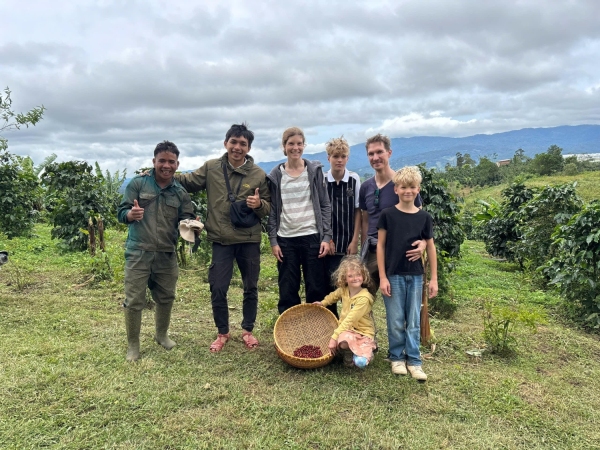 Sustainable Coffee & Local Culture Tour in Da Lat — Arabica, Robusta & Ethical Farming
Sustainable Coffee & Local Culture Tour in Da Lat — Arabica, Robusta & Ethical Farming
 Discover Sustainable Coffee in Da Lat — A Farm-to-Cup Journey with HuyEco
Discover Sustainable Coffee in Da Lat — A Farm-to-Cup Journey with HuyEco
 Sustainable Coffee and Local Farming Realities in Da Lat HuyEc
Sustainable Coffee and Local Farming Realities in Da Lat HuyEc
 From Forest to Cup: A Personal Journey into Sustainable Coffee in Da Lat
From Forest to Cup: A Personal Journey into Sustainable Coffee in Da Lat
 Inside HuyEco: How a Coffee Huller Machine Transformed Our Coffee Production
Inside HuyEco: How a Coffee Huller Machine Transformed Our Coffee Production
 From Forest to Cup: A Farmer’s Vision for Sustainable Coffee and Local Travel in Da Lat
From Forest to Cup: A Farmer’s Vision for Sustainable Coffee and Local Travel in Da Lat
 Field Notes from Xã Lát: Rooted in Regenerative Coffee & Indigenous Farming
Field Notes from Xã Lát: Rooted in Regenerative Coffee & Indigenous Farming
 Đưng K'Nớ: Brewing Sustainable Coffee in Vietnam’s Highland Forest
Đưng K'Nớ: Brewing Sustainable Coffee in Vietnam’s Highland Forest
 Living Coffee Ecosystem in Da Lat – HuyEco’s Way of Growing
Living Coffee Ecosystem in Da Lat – HuyEco’s Way of Growing
 Nel Drip & Wabi-Sabi: Japanese Coffee Rituals at HuyEco Da Lat
Nel Drip & Wabi-Sabi: Japanese Coffee Rituals at HuyEco Da Lat